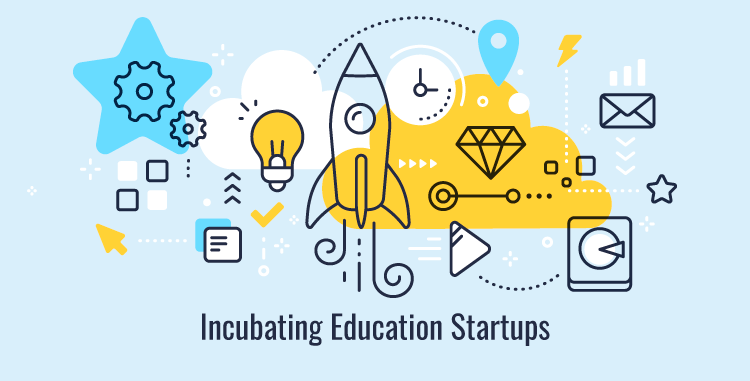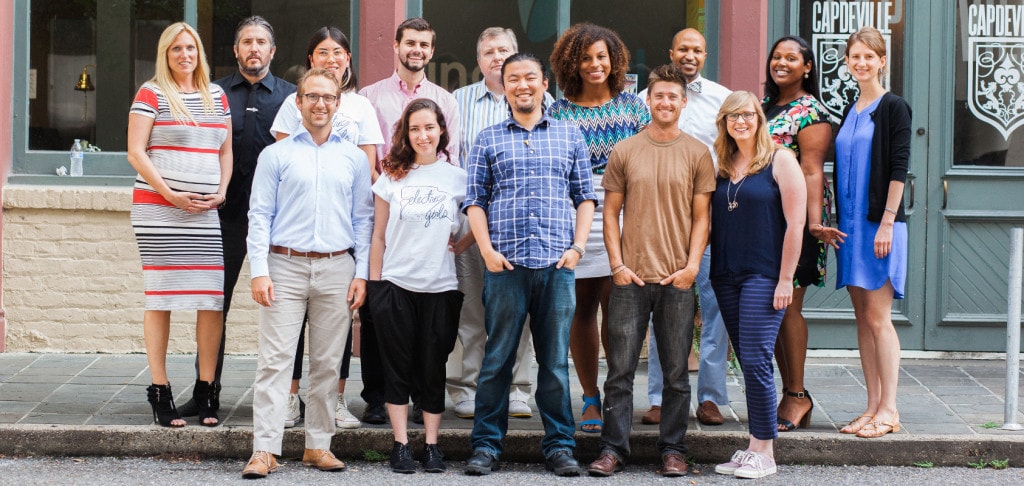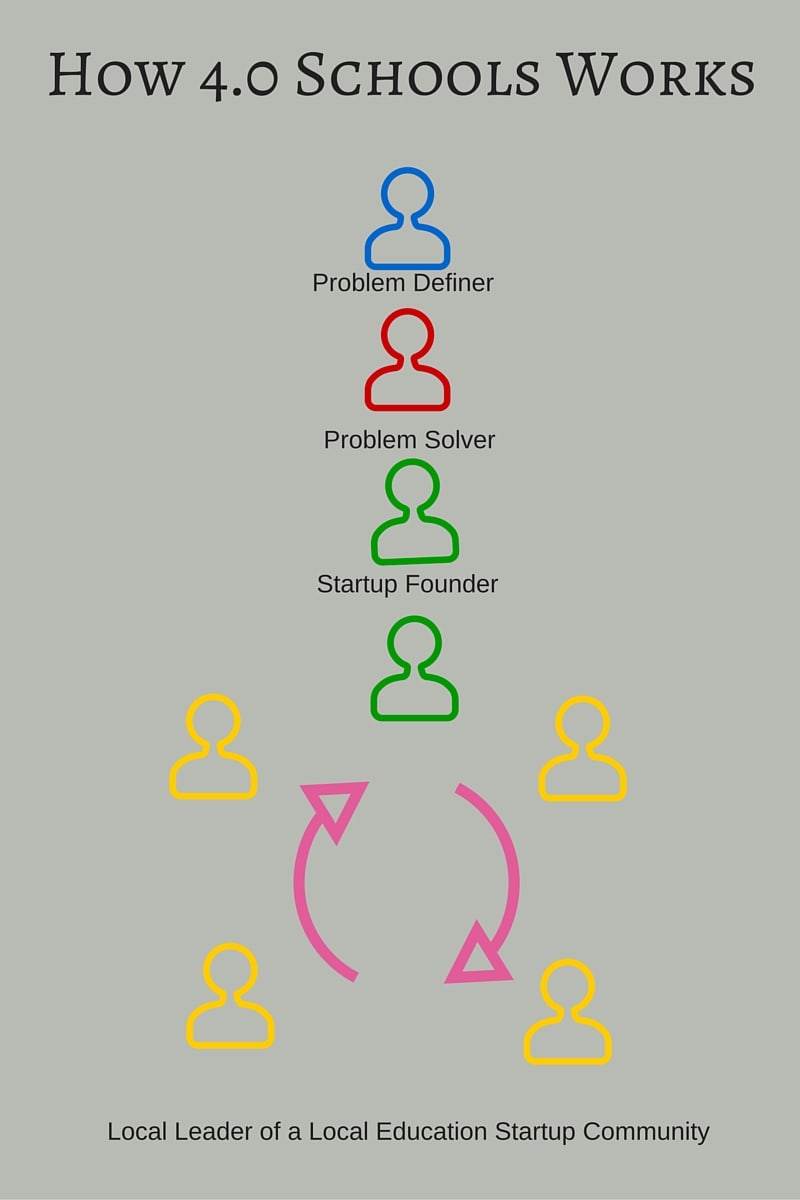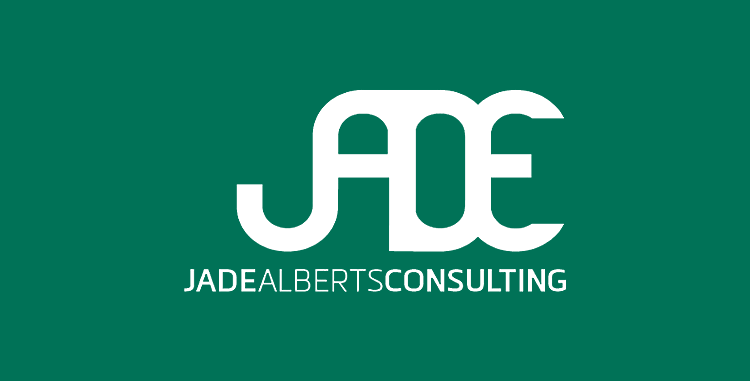#StartupSpotlight: Incubating Education Startups the 4pt0 Way

Feature Image Source: iStock.com/wowomnom
“Give a man a fish and you feed him for a day; teach a man to fish and you feed him for a lifetime.” This axiom is an apt description of 4.0 Schools, a community of experts who train and equip education startups with skills and innovative approaches to set up education enterprises. While it is not exactly a startup, I thought it worth focusing on as our StartupSpotlight because I consider it the “the mother” of education startups, if there is such an expression.
Ever since its inception 4 years ago, 4.0 Schools have been churning out successful education startups, and this in itself is something to toot about. What’s so innovative and unique about their vision lies in how they treat the difference between American education legacy institutions versus inspired social entrepreneurs who wants to make a difference.
Social work aside, these individuals want to spread the seed of education nationwide. What better way to do it than to take matters into their own hands – launch their own education enterprises. The only drawback is they lack the know-how.
Incubating Education Startups
Did you know 9 out of 10 startup fail in their first year? Unless you get financial backup and advice to sustain your business, your startup is bound to fail. At this alarming rate of failure, isn’t it any wonder most entrepreneurs are hard pressed for “angels” (read that investors) to ensure their startup have sure footing in the first place. The sad part is that most investors are interested in projects which have high returns and quick growth. Education is a sector which requires huge funding, with less chances of growth, unless your idea is education tech.

Image Source: 4pt0.org
Enters 4.0 Schools. 4.0 plays the roles of incubator and accelerator for education startups across the United States. They believe in support for education startup growth right from the beginning. From seed stage to pitching idea, prototyping, to finding finance, and launching a sustainable enterprise. With workshops designed to address each of the startup lifecycle stages, 4.0 members help build education communities where startup owners want it to flourish. Their vision is to drive systemic reforms to establish sustainable education communities wherever startup owners live. While this concept is not unique but it has not been carried out at a wider scale as theirs and not specific to the education sector.

Image Source: 4pt0.org
Upskilling through Marketing and Sustainable Management
Starting an enterprise is not only a matter of joining the dots between idea and money. Why do some ideas work and some don’t? Ideas are dime a dozen but only those work which help solve problems, offer solutions, innovate on the existing status quo, or disrupt concept of the way things work.
The people at 4.0 recognize that, and they have mastered the process of problem identification so that education startup owners can benefit from them. What I admire most about 4.0 is its simple yet effective approach. At the core of 4.0 education system is the 3 stage process of launching a startup:
Stage 1 Problem definition by proving a solution.
Stage 2 Prototyping or testing solutions on real people.
Stage 3 Testing by launching a tiny school
While it may look simple, it is not. A lot of hard work and knowledge goes into the process to make it workable. Take a look into their workshop schedules, and you’ll get the idea.
According to Michael Sandler (2010) author of Social Entrepreneurship in Education: Private Ventures for the Public Good, the challenge most startups face is finding a successful business model to follow for a particular period of time.
In other words they need framings of the market. 4.0 helps startup owners to learn about pacifying the dynamics of education services; how to market their business by identifying actors which are acting for and against the educators; and how to design and maintain an educational framework that is sustainable and receptive towards community needs.
Why it’s necessary to have framings in the first place is because an education system cannot be established in a community unless the institution which implements it understands their needs, are organized and sustainable, and 4.0 has been a valuable resource in ensuring education startups survive all these.
Building Education Communities
Building communities takes more and longer than just interacting and bonding with peers at incubator and accelerator workshops. At 4.0, startups learn that today the education industry is greatly influenced by the new economy, financial crisis, cultural movements, and institutional challenges. They can create an edge for their organizations by building local communities by meeting their particular needs.
What this entails is efforts must be vested in developing learners’ specific teaching framework, as well as mitigating institutional challenges. As David Rae (2010) describes in his article Universities And Enterprise Education: Responding To The Challenges Of The New Era, education institutions of today must be able to incorporate cultural, economic, financial, learning challenges and entrepreneurship education to transcend the message of education and build communities larger than the scope of their institutions.
So far 4.0 has been successful in spreading their reach through to local U.S. communities categorized by the type of alumni such as edtech, schools, teaching staffs, and products and services. Some areas they are working on are education for parents and carers, education for the workplace with the same concept.
Catalyzing Education Delivery
The catalyzing of education delivery is not a novel idea. Earlier, education institutions have been shuffled between public and private sector by policy makers with some success in spreading institutional reach, much of which the private sectors have benefited.
Alternately, with the emergence of nonprofits in the last few decades improvements have been observed in the education sector but that has again been limited by the challenges of finding finance for their cause. Moreover, nonprofits have not really been treated as real institutions, the reason being either they have been overshadowed by their donors or they have been hijacked by corporate branded education. The chances of an independent education idea or institution to flourish could not survive in such an environment.
4.0 Schools have survived these limitations by disrupting the whole process. How? By empathizing with learners and parents by meeting their actual needs. By unbundling one-size-fits all to create specialized education frameworks. By prototyping to test education meeting actual needs. And by supporting these institutions all the way, way after their launch.
The fact that 4.0 makes it possible for education institutions to become independent of policymakers and corporate mongers testify that building education communities with the specific focus to education delivery and meeting community needs is possible. You don’t need a lot of money to make it work, and you definitely don’t need complex policies.
Now, the question is, what if this phenomenon goes global?
References
4.0 Schools
Rae, David (2010) “Universities and enterprise education: responding to the challenges of the new era”, Journal of Small Business and Enterprise Development, Vol. 17 Iss: 4, pp.591 – 606
Sandler, Michael (2010) Social Entrepreneurship in Education: Private Ventures for the Public Good. R&L Education.
Antoni Verger, Christopher Lubienski, Gita Steiner-Khamsi, eds (2016) World Yearbook of Education 2016: The Global Education Industry. Routledge.


